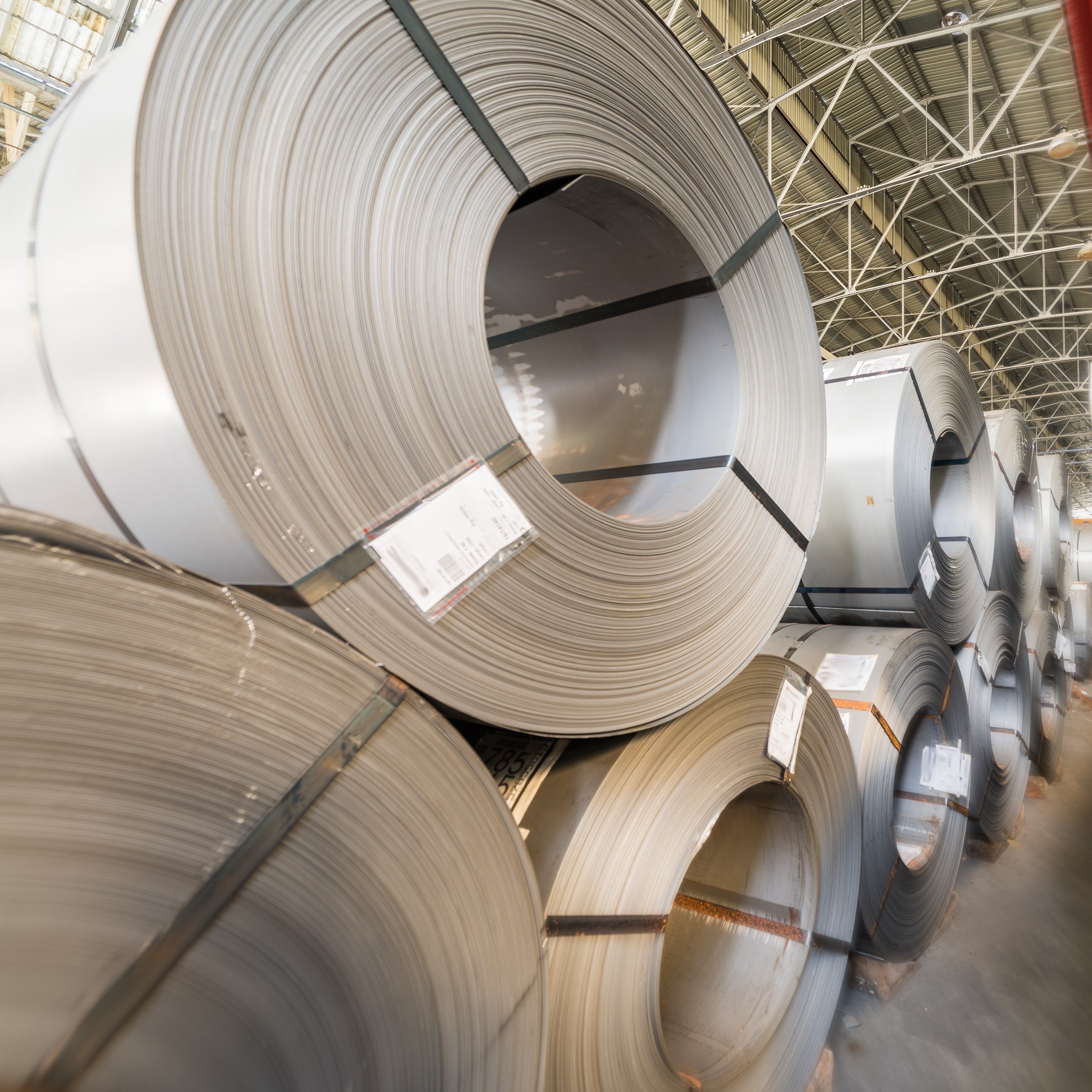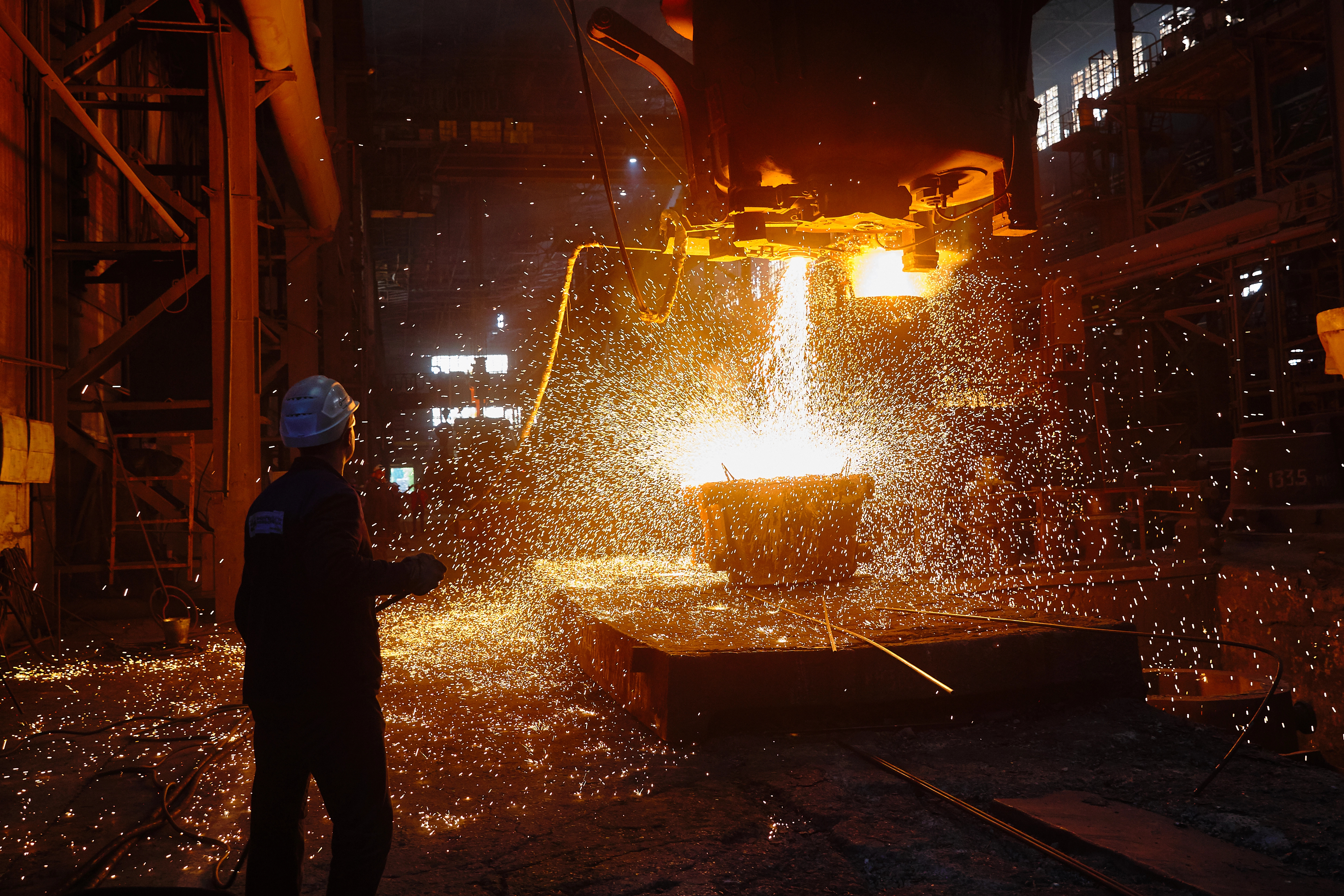Argentina is eying a top spot as a lithium producer, but technical and policy issues first need to be resolved. Rio Tinto’s acquisition of Arcadium and new RIGI legislation may pave the way for more investment, pushing reality ever closer to expectations.
Resources are on Argentina’s side
Beneath the salty crusts of Jujuy, Salta and Catamarca, subsurface brines contain the world’s second largest lithium resources, an estimated 22 Mt. These Argentinian provinces are host to three currently producing lithium operations, with up to another 70 potential projects. Its resources are not only vast, but its producers are among the lowest cost operations globally. Lithium carbonate extracted from Argentinian brines is up to 40% cheaper than that produced by refining Australian spodumene – the largest source of lithium supply. However, brine chemistries vary significantly, meaning that a ‘one-size fits all’ approach is not suitable for brine processing.
For several years, Argentina has been anticipated to become one of the world’s major lithium players, but technical challenges, market conditions and domestic economic issues have so far resulted in project delays and expectations not being met. Now it seems the country is on the cusp of meeting them.
In October, CRU spent two weeks in Argentina, attending Panorama Minero's Litio en Sudamerica conference, touring commercial and pilot operations and engaging with major industry players. Our key takeaways, highlighting Argentina's role in the future of lithium supply, are outlined below.
Domestic and international policy will be critical
Argentina is well positioned on the global stage. Encouraging investment from America, China and Europe, the country is courting all sides at a time of rising geopolitical tensions. In September, the US and Argentina signed a memorandum of understanding focusing on improving collaboration and developing critical mineral resources, paving the way for Argentine minerals to be eligible under US Inflation Reduction Act (IRA) tax credits.
A ripe policy environment has stimulated massive investment from the private sector. Exploration expenditure is allowed to be credited against tax in the early years of project operation; and the application process for exploration and extraction licences is transparent. Furthermore, the government does not require a stake or strictly limit extraction by quotas like its neighbours. Most importantly, royalties have been structured to remain capped at 3% of the value of the extracted lithium, with a recent call to increase royalties to 5% rejected by the government.
Argentina's economic issues have been significant in recent years, demonstrated by persistent queues outside banks and foreign exchange counters. The country has grappled with spiralling inflation, estimated at more than 200% in 2023. The Argentine peso has been devaluing at some of the highest rates globally, a major hurdle to securing foreign investment. To combat this, strict controls have been implemented to limit the amount of currency leaving Argentina, making it still more difficult to invest.
In 2023, the chainsaw-wielding Javier Milei rose to the Argentine presidency, promising to dramatically cut public spending. Although there is no doubt a long road ahead, indicators are showing that economic activity is improving. Furthermore, miners have been reinvigorated by the recent “Régimen de Incentivo para Grandes Inversiones (RIGI)” legislation, which some refer to as a potential game changer. The regulation will provide tax incentives, as well as promote investment and exports, alleviating issues moving capital in and out of the country. Some industry participants are already pointing to Rio Tinto’s recent investment as a sign that things are improving.
Rio Tinto: Now a major player
Hours before the Litio en Sudamerica conference began, news broke that Rio Tinto had offered to purchase Arcadium Lithium for an estimated $6.7 bn. Rio Tinto’s first foray into the lithium industry was in the early 2000’s when it discovered a new lithium borosilicate mineral near the Jadar River, Serbia. Thus far, Rio Tinto has produced only minor amounts of lithium at its US Borax mine; and its pilot plant at Argentina’s Salar del Rincón will only begin production next year. The Jadar project is still undeveloped, but the Serbian government lifted a two-year suspension of Rio Tinto’s exploration licences early this year.
Through the acquisition, Rio Tinto will add the Salar del Hombre Muerto, Olaroz, Sal de Vida and Cauchari brines to its books. For pegmatite-based operations, Mt Cattlin is currently in production, but will transition to care and maintenance by mid-2025. The mine sits on the 90th percentile of CRU’s lithium pegmatite mine cost curve and – along with the delayed Galaxy (James Bay), Sal de Vida and Fenix 1B projects – has been impacted by multi-year low lithium prices.
Rio Tinto ultimately chose Arcadium because of its assets, experience and proprietary knowledge within Argentina. Arcadium’s Salar del Hombre Muerto operation extracts from some of the highest-grade lithium resources in Argentina, with low levels of magnesium and sulphate, and processes material using a combination of conventional evaporation and its own direct lithium extraction (DLE) technology. Arcadium’s operational expertise, and its proprietary DLE technology could prove critical in bringing Rio Tinto’s Rincón online and may perhaps aid efforts at Jadar too. Additionally, the proximity of Arcadium’s Olaroz to Salar del Rincón may allow for potential synergies.
Another major benefit will be the transfer of Arcadium’s partnerships with some of the largest downstream players in the battery and electric vehicle space. These partnerships – with companies including Panasonic, GM, Ford, Tesla, Toyota and BMW – will provide a significant level of protection and investment into Rio Tinto’s new assets.
Although some market participants believe the transaction price was overvalued, Rio has chosen a good time to acquire Arcadium. Given that the market is approaching the bottom of the commodity cycle and prices have tumbled since 2022, Arcadium’s share price had fallen 61% YTD by early September. Had Rio Tinto failed to move, they may have been waiting several years for the next cycle, or would need to purchase when prices were rising, bringing back painful memories of the company’s 2007 acquisition of aluminium producer Alcan.
The deal represents a strong move for both parties. Rio Tinto will hold a major market share of global lithium production in the near term and, if it can successfully bring Arcadium’s projects online, it will be a major player moving forward. In 2023, Arcadium produced 64 kt LCE on an equity share basis, making it the fourth largest producer globally. By 2030, we anticipate that output will increase to 145 kt/y LCE, representing a 125% increase. Rio Tinto will also inherit significant refining capacity, with ~170 kt/y LCE currently in Arcadium’s project pipeline to 2030.
While the deal may initially cause some further delays to Arcadium’s projects, Rio Tinto’s mining expertise and large capital base make these assets more likely to come online. Some projects may be pushed back a few years, but this would align with the forecasted lithium price recovery.
DLE: A game changer?
Eramine’s Centenario-Ratones project in Salta is set to become the first DLE-only operation outside China. However, the complexity in commercialising this technology – which encompasses several processing techniques including adsorption, ion exchange and solvent extraction – is highlighted by multiple project delays, with commercial production now only expected in 2025.
There is a great deal of excitement around DLE as it will allow lower grade resources to be utilised, improve recoveries, decrease land disturbances, and generate cash flow quicker compared to conventional methods. In terms of production costs, DLE is almost as cost competitive as evaporative operations, but there are drawbacks. For extraction via adsorption, which is the predominant technology in Argentina, significantly more capital expenditure is required, and power use could be two to three times higher. However, less reagents are consumed, and a purer product is produced, demanding a premium from cathode manufacturers.
The most important issue that may hold Argentinian operations back is water intensity, given that a salar’s annual rainfall may be less than a tenth of the global average. Two types of water resources are impacted by lithium extraction, denser brines that occur at depth, and shallower freshwater or less saline reservoirs. Although water usage varies between DLE technologies, some methods may require up to ten times more freshwater than evaporation. Even at Exar’s Cauchari-Olaroz, which uses evaporative methods, brine-freshwater interactions, reservoir volumes and biodiversity are carefully monitored – with local communities participating in this process, improving trust and ensuring transparency on this key issue. For DLE operations, water recycling will be critical if they are to move forward. For example, Eramine’s Centenario-Ratones has reported that it will reuse 60% of its freshwater.
What next for Argentinian lithium?
For Argentina to realise its goals of becoming one of the world’s top three lithium producers, there are other hurdles that need to be overcome. Industry participants have bemoaned how long it takes to receive permits – environmental permitting typically taking 18 months to complete. Procurement, logistics and power can also be very challenging in the remote Puna region. In a recent interview, Jason Luo, President of Ganfeng Argentina, stated that planning may need to occur a year in advance.
Infrastructure will be strained as multiple operations ramp up in the same area, with only a single-lane road for delivery of reagents, fuel and equipment, as well as product delivery from site to port. In many areas, only rudimentary gravel roads exist, and no connection to the electrical grid or gas pipelines is possible. Support industries for lithium extraction are also nascent in the region. For instance, soda ash typically represents the greatest raw material cost in brine production, and only one producer exists within Argentina.
Without these technical, environmental, regulatory and infrastructural hurdles, unbridled ambitions from producers could enable production in excess of half a million tonnes per year in the next five years. In reality, CRU expects output to be a third lower than that, at around 300 kt/y LCE by 2029. Still, this will place Argentina as the largest producing region in South America, ahead of its neighbour, Chile.

















